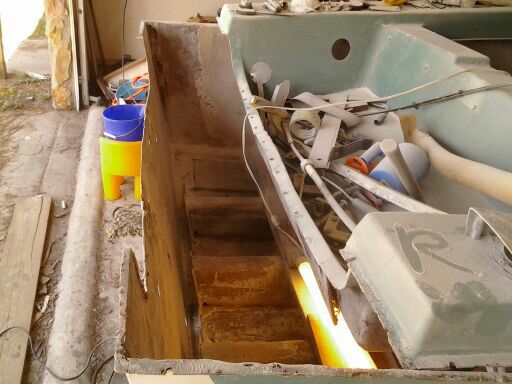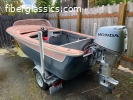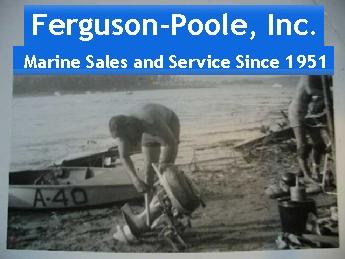|
Welcome,
Guest
|
TOPIC: Fiberglass Material
Fiberglass Material 12 years 4 months ago #61608
|
Please Log in or Create an account to join the conversation. |
Re:Fiberglass Material 12 years 4 months ago #61616
|
|
Please Log in or Create an account to join the conversation. |
Re:Fiberglass Material 12 years 4 months ago #61621
|
Please Log in or Create an account to join the conversation. |
Re:Fiberglass Material 12 years 4 months ago #61626
|
Please Log in or Create an account to join the conversation.
Resistance to tyrants is obedience to Almighty God.
Thomas Jefferson, 1803 |
Re:Fiberglass Material 12 years 4 months ago #61628
|
|
Please Log in or Create an account to join the conversation. |
Moderators: kensikora, classicfins, bruce gerard, billr, mrusson, cc1000, MarkS, Waterwings, Nautilus, jbcurt00
Time to create page: 0.170 seconds















